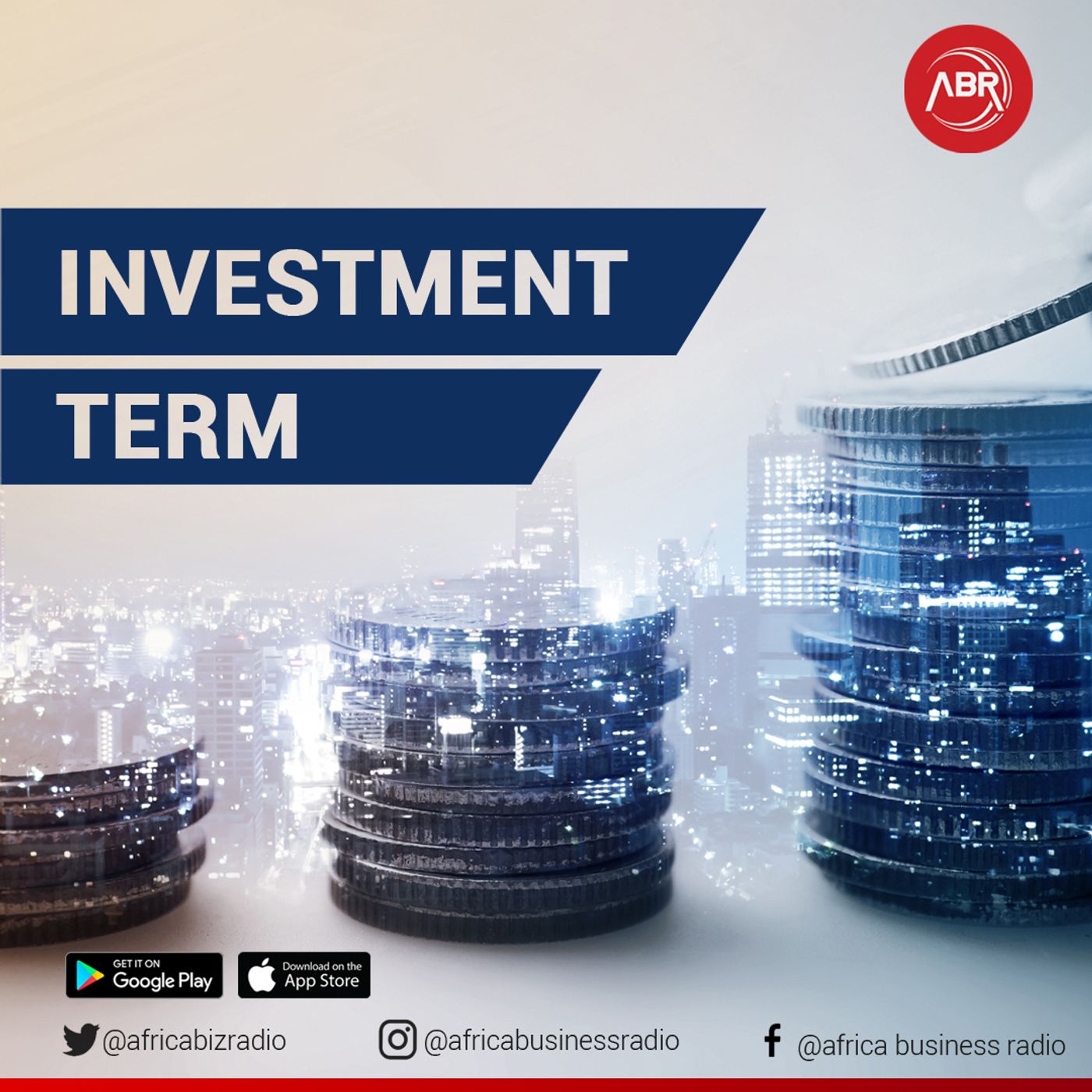Investment Term Of The Day : Tariffs
Description
A tariff is a tax imposed by one country on the goods and services imported from another country.
Tariffs are used to restrict imports by increasing the price of goods and services purchased from another country, making them less attractive to domestic consumers. There are two types of tariffs: A specific tariff is levied as a fixed fee based on the type of item, such as a tariff on a car. An ad-valorem tariff is levied based on the item's value, such as 10% of the value of the vehicle.
Governments may impose tariffs to raise revenue or to protect domestic industries —especially nascent ones— from foreign competition. By making foreign-produced goods more expensive, tariffs can make domestically produced alternatives seem more attractive. Governments that use tariffs to benefit particular industries often do so to protect companies and jobs. Tariffs can also be used as an extension of foreign policy: Imposing tariffs on a trading partner's main exports is a way to exert economic leverage.
Tariffs can however have unintended side effects. They can make domestic industries less efficient and innovative by reducing competition. They can hurt domestic consumers, since a lack of competition tends to push up prices. Tarrifs can also generate tensions by favoring certain industries, or geographic regions, over others. For example, tariffs designed to help manufacturers in cities may hurt consumers in rural areas who do not benefit from the policy and are likely to pay more for manufactured goods. Finally, an attempt to pressure a rival country by using tariffs can devolve into an unproductive cycle of retaliation, commonly known as a trade war.
---
This episode is sponsored by
· Anchor: The easiest way to make a podcast. https://anchor.fm/app
More Episodes
Published 03/11/24
Published 02/19/24
Published 02/12/24


